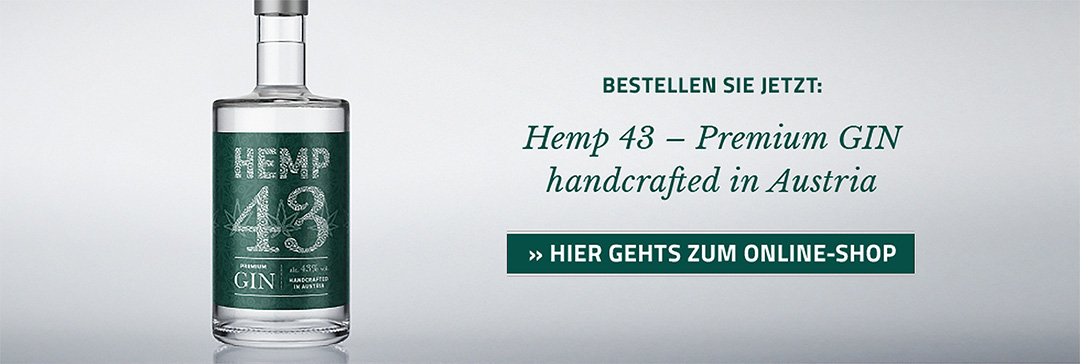Gin-manual
Everything you need to know!
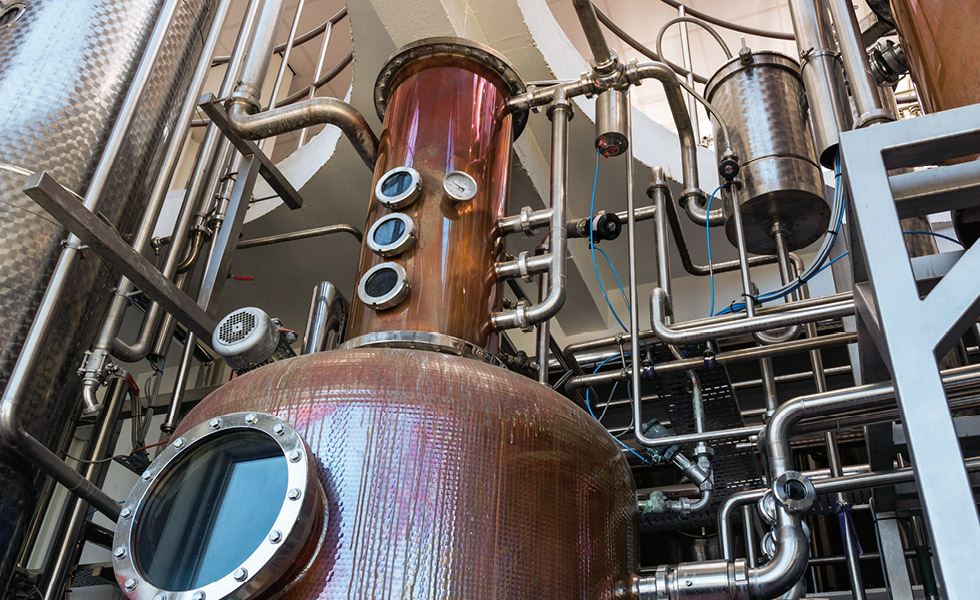
When a Dutch physician named Franciscus Sylvius de la Boe created a juniper schnapps in the 16th century, he could hardly have guessed that the herbal alcoholic beverage would develop across the millenium into one of the most popular cult drinks of today. The trend of modern drinks with old traditions, it seems, has come to stay, and yet there are many details that are extremely important both during production and when purchasing and tasting the product. We have collected everything that a real gin connoisseur needs to know for you in order to really put an end to all myths and questions.
10 Q&A about the cult beverage
Why is it called “GIN”?
The juniper schnapps originated in Holland. At that time the drink was known under the name “Genever” (French for “juniper”) until British soldiers exported the drink to their island, where the name was soon abbreviated to "Gin”.
Where on the globe is GIN the most popular?
Gin is becoming more and more of a cult beverage, both in Europe and the United States. However, it is quite easy to determine where people prefer drinking GIN.
According to the figures on the “World Gin Map”, there is a clear winner: nowhere in the world is the market for gin as large as in Great Britain.
Over 1700 types of gin are offered to the consumer in this region, whereas in the USA, which comes second, there are “only” just over 700 gins on the market. Incidentally, Germany ranks third, with two dozen gin brands less than the United States.

How do you actually drink GIN properly?
Basically, you can say that the ideal temperature for gin is slightly chilled, at 10 - 13 degrees Celsius. Then you put a few ice cubes in a glass and pour the gin on top. Don't wait too long before drinking it, because the taste deteriorates when this spirit is slightly watered down. But:
Can you also drink GIN straight?
A good quality gin can be enjoyed both straight and mixed with other ingredients. However, especially among young adults, the spirit is more popular and well-known in cocktails, for example gin tonic or gin fizz.
Should there be cucumber in a proper GIN&tonic?
This is an issue even professional bartenders fail to agree upon. In fact, you can serve a gin and tonic with cucumber, but not always, because cucumber simply doesn’t always fit into the aroma profile of some of the many gin and tonic combinations. In the end, it is a question of personal taste.
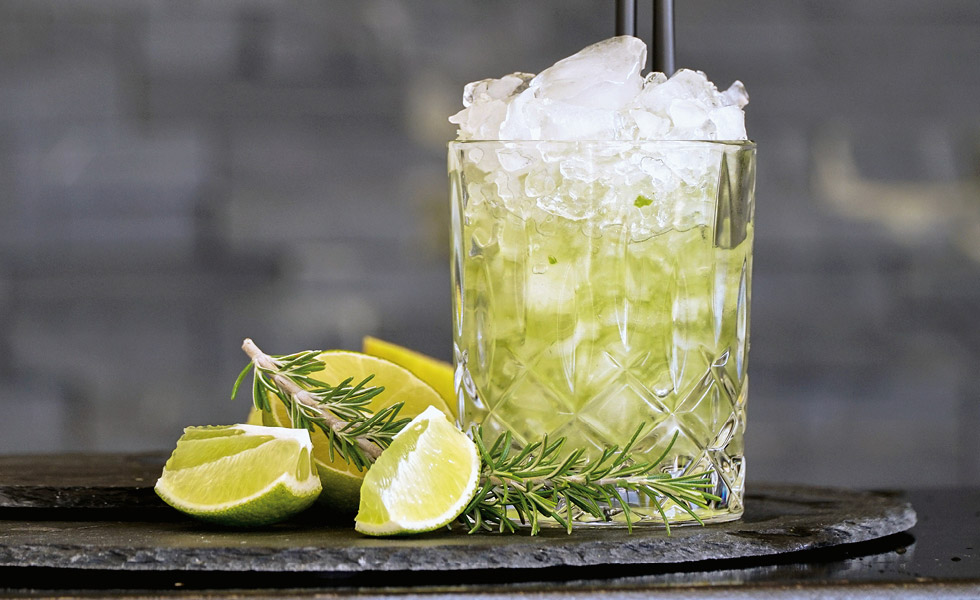
What makes GIN so special?
Every beverage has its own characteristics. Gin, almost exclusively enjoyed in cocktails, differs from other spirits in terms of taste, as the gin only adapts to the other ingredients to a minimal extent. This means it retains its individual taste. On the other hand, the drink also delivers pure variety, as each brand has its individual flavour, be it sweet, nutty or hempy.
Is it true that GIN somehow could actually be healthy?
It should be noted that GIN is an alcoholic beverage which, if consumed excessively, can contain many risks. However, numerous writings from the Middle Ages state that gin with its herbal components was used as a miracle remedy for coughs, lung problems and malaria.
What different kinds of GIN are there?
On the whole, there are many different types of gin, yet the main distinction is made between the different manufacturing processes. In the case of "Cold Compound Gin", for example, the plants are leached out in alcohol, after which the solid parts are filtered out and the product is bottled in drinking strength. Then there is the “Distilled Gin”, which includes an additional production step. In this step, the agricultural alcohol is redistilled using natural or nature-identical flavorings. Further aromatization then takes place in order to perfect the gin. One of the best-known gin types is probably “London (Dry) Gin". First of all, it should be noted that this gin is also re-distilled, whereby the base alcohol must be of high quality. Only natural flavorings may be used, and these must be added during the distillation process. The distillate must have a minimum alcohol level of 37.5% vol. and, without exception, no coloring agents may be added.
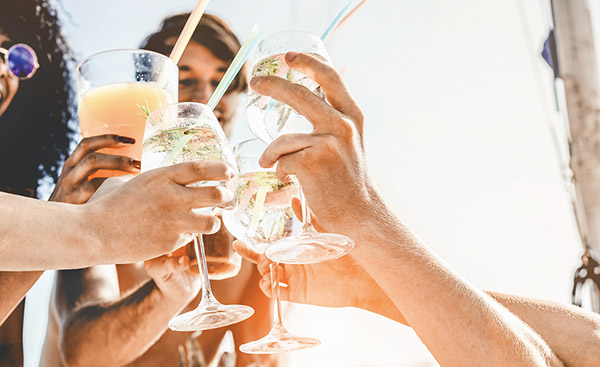
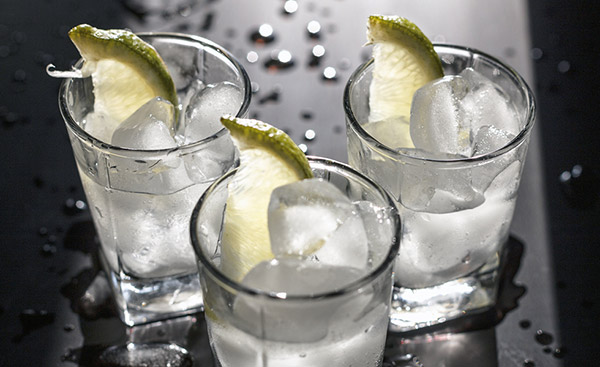
How long can I actually store GIN?
Theoretically forever, as long as the bottle is not opened. The gin naturally reacts with oxygen and can change over time. In practice this means that it can take a few years for the content to change. Above all, it is recommended not to store the bottle in a warm place and to protect its contents from sunlight.
Where can I buy hemp-flavoured GIN?
Probably one of the best and most important questions in the GIN MANUAL. The new HEMP43 GIN has finally arrived. Created for hemp and gin lovers, combined in 0.5 liters of harmony and enjoyment, our FlowingHemp HEMP43 Gin is now available online at www.flowinghemp.com, in the HANAFSAN Stores in Götzis and Konstanz and from our partners in restaurants, bars and hotels.
The history of gin
Today, gin is one of the world’s most popular spirits in the world. You can find it in almost every bar, drink it straight, mix it in a cocktail or enjoy the well-known long drink gin and tonic. Gin enjoyment has become a trend and people love it. There are now hundreds of gin variations, trying to outdo each other in terms of sophistication and taste. Hardly anyone suspects that gin was once decried as cheap booze. Gin is mostly distilled from grain and gets its characteristic taste from juniper berries. Like so many other of today’s luxury foods, juniper schnapps was originally used as medicine. The first records originate from the region we today call The Netherlands and go back to 1269. The beverage is said to have had an effect on digestive problems, cramps and rheumatism, and for the people back then it was a remedy for everything. These effects were also observed by the German scientist Franciscus Sylvius, who practiced in the Netherlands. He mixed juniper berries and alcohol with other herbs in order to make a medicine. Sylvius is often referred to as the father of gin, but the Dutch actually used the alcoholic drink "Genever", the forerunner of today's gin, much earlier. The word genever is derived from the Dutch or French word for juniper. Sylvius became aware of this apparently healing schnapps and kept records of it.
Alcoholic beverages
Genever soon became popular with patients and eventually became interesting for mere consumption. The English soldiers stationed in the area during the Thirty Years' War also noticed their Dutch opponents’ great enjoyment of this miracle cure. It seemed as if the beverage actually made the enemy troops more courageous. This "Dutch Courage" soon became very popular with the English as well, who brought it home with them. This development was supported by the Dutch nobleman Wilhelm von Oranien-Nassau, who in the 17th century became King Wilhelm III. of England. A real gin age seemed to be dawning. Most likely, the name “gin” developed during this time. The new king encouraged the production of domestic spirits and increased import tariffs on foreign goods. Brewing beer also became more expensive, while anyone was allowed to brew gin without a permit. There was an abundance of grain, which made destillation of alcohol even easier. The production of gin in England seemed to explode, and put all England in a kind of intoxication. This social phenomenon is also known as the “gin crisis”.
Everyone was drinking gin
Gin was the cheapest alcoholic beverage and could be afforded by even the poorest of the population. Since it was unsanitary to drink water, the English drank beer and eventually gin, which was widely available. By stretching the alcohol with sulfuric acid, sugar or rose water, not only the quality of the drink deteriorated, but also the health of the English population. Everyone drank gin: children, pregnant women, the old and the sick. The rise in crime and prostitution, and the growing death rate and high child mortality have been attributed to gin. England was literally drowning in gin. It is estimated that by 1740 every Englishman, including children, drank an average of more than half a liter of gin a day. The famous prints by William Hogarths depict the effects of this epidemic: The gin-addicted population lies neglected and apparently half-dead in the streets of London. To counteract this development, the first laws against high gin consumption were passed in 1736. Numerous tightening and legislative changes followed. The “Gin Act” finally banned production without a license, as well as sale in smaller quantities. The quality improved steadily. Soon only wealthy English people could afford to buy gin. Gin was slowly regaining its good name in society. Several years of bad harvests were partly responsible for the price increase of grain, which also led to a decline in gin production. Gin was no longer cheap booze, but increasingly established itself as a high-quality noble distillate that was constantly being perfected.
The birth of gin and tonic
One of the most important developments in gin history is the story of the famous gin and tonic. However, opinions differ about this. It is widely believed that the first gin and tonic was taken in India in order to prevent malaria. In the 19th century, the members of the British East India Company mixed the bitter quinine with water, sugar and lemon, in order to take it as medicine. Quinine, an ingredient in cinchona bark, was considered a remedy for everything, including malaria. Quinine was originally discovered in Ecuador around 1570 and used to alleviate various diseases. Since gin didn't go bad on the long passage to India, the English colonists brought it with them and mixed it with their malaria medicine. They realized that it went wonderfully with their favorite drink and the motivation to take their prophylactic gin increased - the first gin and tonic was born.
Soda water
It is unclear whether this beautiful story is true. A fact is that natural soda water has been used for it’s medicinal properties for centuries. It became so popular that it was eventually made artificially, for instance by Thomas Henry in 1781, who founded a soda water factory. Of course, the healthy and valuable soda water was not allowed to be missing in the bars of London. People drank brandy and water there as early as the 17th century, and later brandy and soda. The middle class couldn't afford the expensive brandy, but nonetheless wanted to belong. So they drank a gin punch with soda water, a mixture supposedly born in 1835. Soon everyone wanted to try this novel drink. Those who considered themselves important drank gin punch. This probably promoted the beverage’s further development. Finally, in a London hotel, the gin was mixed with sugar, lemon juice and soda water. The middle class simply swapped the expensive lemon juice for the slightly cheaper citric acid.
Gin Punch
Gin punch was also taken against the aforementioned malaria. The juniper was believed to counteract the water deposits caused by malaria. Another remedy was Cinchona bark. At the beginning, quinine wine was administered in the colonies, and when the wine was drunk the quinine was dissolved in rum. Quinine is very poorly water-soluble, which rather refutes the administration in soda water. It can be dissolved if you add a little acid, as in tonic water. The proportion of quinine in tonic water was however far too low to heal the afflicted people in the colonies. The first reference to soda water containing quinine is an advertisement from 1835. A few years later, Erasmus Bond received a patent on “an improved aerated liquid, known as Quinine Tonic Water”. This drink was praised in the highest notes at international exhibitions: Its properties were allegedly acid-inhibiting, cooling and refreshing, combined with all the benefits of soda water. It was even said to support and strengthen the entire nervous system. A competitor and copycat, Schweppes Indian Tonic Water, added citric acid instead of sulfuric acid to improve quinine solubility.
Gin and Tonic
Most sources indicate that gin and tonic was not consumed as medicine, but as a stimulant, for instance when mentioned in the "Oriental Sporting Magazine" in 1868. In addition, ice and tonic water was relatively expensive, making this a beverage for the upper class. It is probably not possible to ascertain the unequivocal inventor of gin and tonic. Numerous developments throughout history have contributed to the fact that we can enjoy this fine drink today.
Sources:
„How to Drink Gin“ / Dave Broom / Gräfe und Unzer Verlag GmbH
„Gin“ / Jens Dreisbach / Naumann & Göbel Verlag
Falstaff / Wein- und Gourmetmagazin

